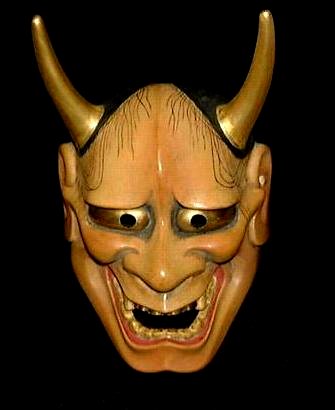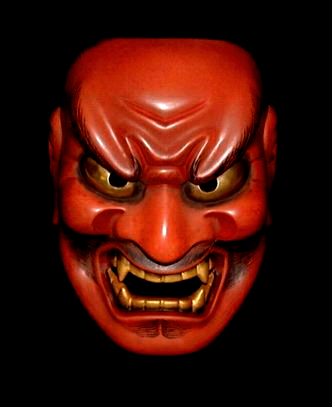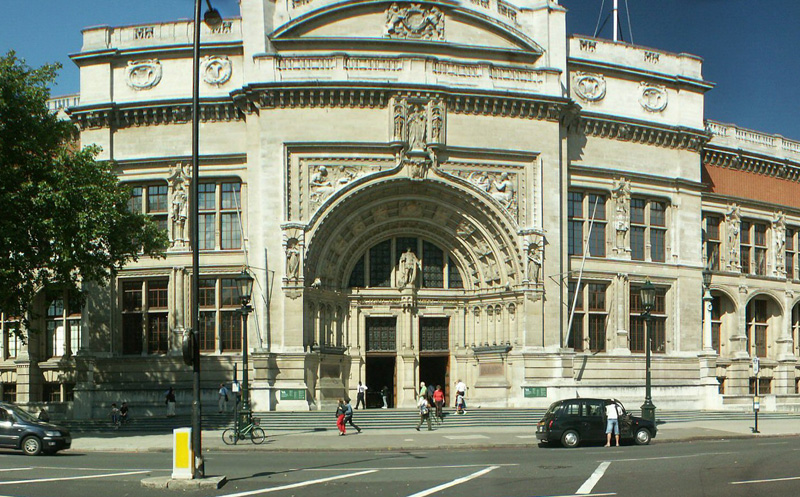In case my portmanteau skills are just too much to handle, this post is a combined reflection of my overall museum experience here in London. I am splitting it into two parts so Karl doesn’t fall asleep 1000 words into the post. Enjoy!
Cabinet War Rooms
I have never been one for history class, since the present and future have always been much more interesting to me than the past. I do appreciate how important it is to learn and understand the past because I believe that time is cyclical in nature (another topic for another time, probably a class on Nietzsche). My experience in the Cabinet War Rooms turned my opinions upside down. Never before have I been so enthralled by the events of yesteryear. The museum did a fantastic job of immersing me into what truly felt like World War II era Britain. Because the bunker was so impeccably preserved, it really felt like Prime Minister Churchill was actually working, chain smoking cigars a few rooms down from me while top-level officers made encrypted phone calls to top secret locations. The sense of urgency was palatable. Beginning in 1940, the Germans started working on Operation Sealion, a full-scale invasion of the UK. Looking into the rooms where crucial decisions were made gave me a real sense of anxiety. Will the invasion really happen? Will it be next week, or even later today? How can we prepare a country of millions against one of the most powerful forces in the world? All these questions were dealt with directly exactly where I was standing. It’s hard to fathom how much pressure was felt by Mr. Churchill at any given time throughout those six, unbearably tense years. Remarkable.
What made me happiest was the sense of humor Churchill and crew managed to maintain throughout the war. Take the map room, a very sparse and serious quarters where some of the most important decisions of this country’s history were made. Right smack in the middle of the Pacific Ocean away from all the action (and any landmass) was some bored officer’s caricatured sketch of Adolf Hitler. I wish I hadn’t forgotten my camera, because it was such a hysterical juxtaposition of absolute seriousness and absurd humor. In another important room was a huge clump of multicolored telephones that the officers endowed with the appellation “The Beauty Chorus.” Instances like these support my philosophy that there is humor to be found in every situation, but again, another topic for another time.

http://www.surbiton-probus.org.uk/images/Cabinet-War-Rooms.jpg

http://www.ahoys.com/blog/wp-content/uploads/2009/05/cabinet-war-rooms.jpg
Victoria and Albert Museum
The V&A is exactly the type of museum I can’t stand. Again, the past tends to bore me in the face of the present, and looking at minutia such as plates and vases from X number of years ago is about as exciting to me as, well, you get the idea. This museum was stuffed to the gills with the riff-raff of ancient civilizations. The layout didn’t help very much either. Each civilization has its own section, ranging from the vast, sprawling “17th Century Europe” section, to the disappointingly diminutive Korea exhibition, brought to you by Samsung.
After some mindless wandering, I decided that the best way to overcome my ennui was to immerse myself in a culture totally unfamiliar. I chose Japan on the basis that samurai are really cool, admittedly. After about an hour of exploration, I found myself to be pleasantly surprised. They had an interesting display of Noh garb. Noh is a form of Japanese drama popularized during the 14th Century. It is most interesting because of its parallels with Zen Buddhism. It complies with Zen’s principles of “restraint, understatement, economy of movement, and frugality of expression,” as noted by the exhibit. The minimalistic plays involved very little movement on the part of the actors, few if any props, and absolute austerity. In stark contrast to the scant nature of the acting, performers wore Noh masks. Each mask represents a different emotion. The following masks were on display (All images from www.nohmask.com, except for Okina, found at http://www.artsci.wustl.edu):
Hannya, a woman turned demon representing jealousy.

Hannya
Waka-Onna, a young woman symbolizing beauty and nobility.

Waka-Onna
Shikami, expressing violence.

Shikami
Uba, who represents a once beautiful woman.

Uba
Okina is most interesting. He is the oldest representation in the Noh repertoire. He symbolizes agricultural fertility, and is the only mask that actors don after entering the stage.

Okina
Overall, the Japan exhibit was the only one that piqued my interest. Noh is fascinating and is definitely worth further researching.

http://farm1.static.flickr.com/91/271297653_670230dee1_o.jpg
Stay tuned for part 2, featuring the British Museum, National Gallery, and more!

0 responses so far ↓
There are no comments yet...Kick things off by filling out the form below..
You must log in to post a comment.